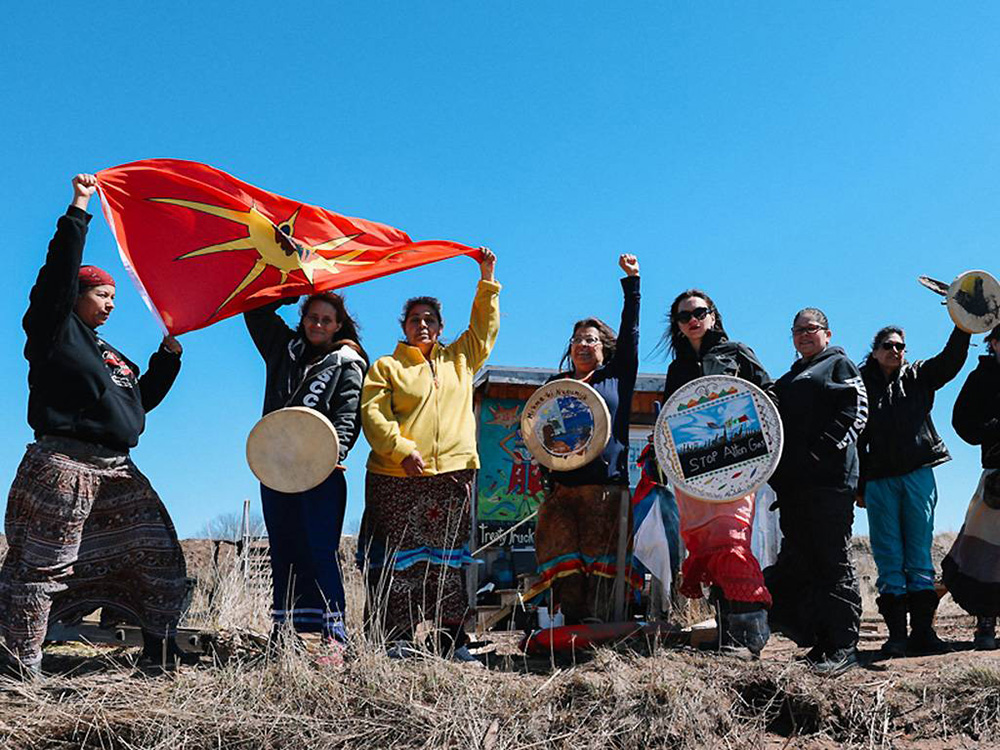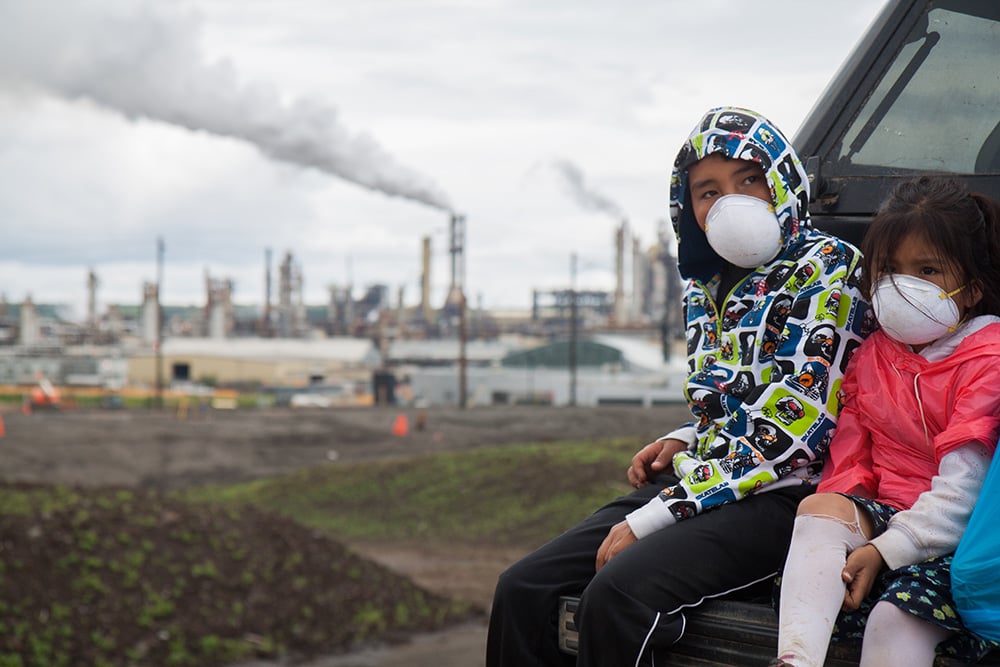For too long, certain groups in Canada have borne the brunt of environmental harm, a reality the world is finally acknowledging. A recent report by the UN special rapporteur on the human rights implications of hazardous substances and wastes confirmed what many of us have known all along: that Indigenous, Black, racialized and other marginalized communities in Canada are exposed to disproportionate adverse health impacts from pollution.
The report’s recommendations are consistent with three pieces of proposed legislation that await Prime Minister Justin Trudeau’s attention, and much is at stake.
As the UN report points out, “In examining toxic exposures in Canada, the question of discrimination becomes simply unavoidable.” Whether it’s Indigenous peoples facing mercury poisoning in Grassy Narrows, exposure to chronic air and water pollution in Sarnia’s Chemical Valley, or the disproportionate siting of toxic industries around Black Nova Scotians, these communities are “subject to conditions that would not be acceptable elsewhere in Canada.” The report confirms the 2017 findings from the UN Working Group of Experts on People of African Descent, which called on Canada to develop legislation to address environmental racism.
Elevated pollution levels not only weaken the health of each individual, but also the fabric of the community and its ability to fight back against an unjust system.
Environmental racism also plays into the lack of political clout that these communities have, their lack of representation in institutions that oversee environmental policy and assessments, and even within the leadership and priorities of environmental NGOs. All of this results in de facto “sacrifice zones” that are written off in the name of development and will now be ignored for the sake of economic recovery.
While today’s politicians do not typically defend the creation of these zones, the affected communities experience their tolerance as state-sanctioned violence. Not intervening to prevent racist outcomes can be just as harmful as intentional acts of discrimination.

The report also found that the burden of toxic exposure in Canada varies along gender and class lines and that women are subject to an inordinate amount of toxic exposure, increasing the risk of breast cancer and miscarriages. A million low-income Canadians live within a kilometre of a major source of pollution, and migrant labourers are routinely exposed to dangerous pesticides. This all points to the need for an intersectional approach to addressing these systemic problems.
The UN report’s first recommendation is to recognize the right to a healthy environment. This was recommended by the House of Commons environment committee in 2017 as part of a suite of measures to strengthen the outdated Canadian Environmental Protection Act. This right is recognized in more than 150 countries and has proven to produce better environmental outcomes.
So far, the Trudeau government has declined to recognize this right, despite more than 100 MPs from all parties pledging their support and Liberal Party of Canada members voting for it to be a policy priority. While the federal government has committed to “modernizing” CEPA, there is no guarantee that this right will be recognized.
The report also recommends implementation of the UN Declaration on the Rights of Indigenous Peoples, which includes the recognition of Indigenous legal systems and free, prior and informed consent for resource projects on Indigenous land. We call on Trudeau to act swiftly to introduce UNDRIP legislation, as committed to in the recent speech from the throne and during the 2015 election.
Finally, Liberal MP Lenore Zann has put forward Bill C-230, which calls for the development of a strategy to redress environmental racism. It is expected to proceed to second reading in early December. This bill could serve to establish an environmental justice framework, as recommended in the UN report, and stimulate solutions to environmental racism across Canada. However, as a private member’s bill, it faces an uphill battle and needs support.
Even if enacted, these three pieces of legislation are at risk of only paying lip service to the serious issues facing Indigenous and racialized communities that bear the brunt of pollution. Canadian society as a whole must step up and insist not only on the passage of these three bills, but on their full implementation. The fight against environmental racism and toxic exposure must not fall solely on the shoulders of those enduring its impact.
The throne speech mentioned the need to “address systemic racism... informed by the lived experiences of racialized communities and Indigenous peoples.” Trudeau has a historic opportunity to make clear where he stands on the issue of human rights and environmental injustice.
Canadians expect and demand that our government protect everyone from toxic pollutants irrespective of race, ethnicity, gender, or income. Failure to do so will continue to entrench unjust outcomes across the country. We are watching.
Fiona Koza is business and human rights campaigner at Amnesty International Canada.
Naolo Charles is executive director of the Black Environmental Initiative.
Jennifer Beeman is executive director of Breast Cancer Action Quebec.
Ingrid Waldron is director of the Environmental Noxiousness, Racial Inequities & Community Health project, and associate professor in the School of Nursing at Dalhousie University.
Dayna Scott is York Research Chair in environmental law and justice in the green economy at York University.
Kristian Ferreira is community liaison with the Canadian Association of Black Lawyers.
Peter Wood is a Vancouver-based environmental consultant.
![]()
Read more: Rights + Justice, Environment















Tyee Commenting Guidelines
Comments that violate guidelines risk being deleted, and violations may result in a temporary or permanent user ban. Maintain the spirit of good conversation to stay in the discussion.
*Please note The Tyee is not a forum for spreading misinformation about COVID-19, denying its existence or minimizing its risk to public health.
Do:
Do not: